With the release of The Social Dilemma by Netflix in 2020, AI in Social Media has become a very hot topic.
For those who have been closely following the developments of social media and artificial intelligence, you might remember an old Ted Talk that hinted about the advancements in machine learning based on user engagement.
If you haven’t had a chance to watch it, take a look below as Eli Pariser explains the concept of “filter bubbles” on the Ted stage.
If you want to learn more about the role of AI in Social Media, and some examples of it, then keep on reading!
Table of Contents
Is AI social media taking over? If so – then how?
In this article, we’ll explore various Artificial Intelligence (AI) and Machine Learning (ML) applications, the impact they have on social media companies, and their potential future impact.
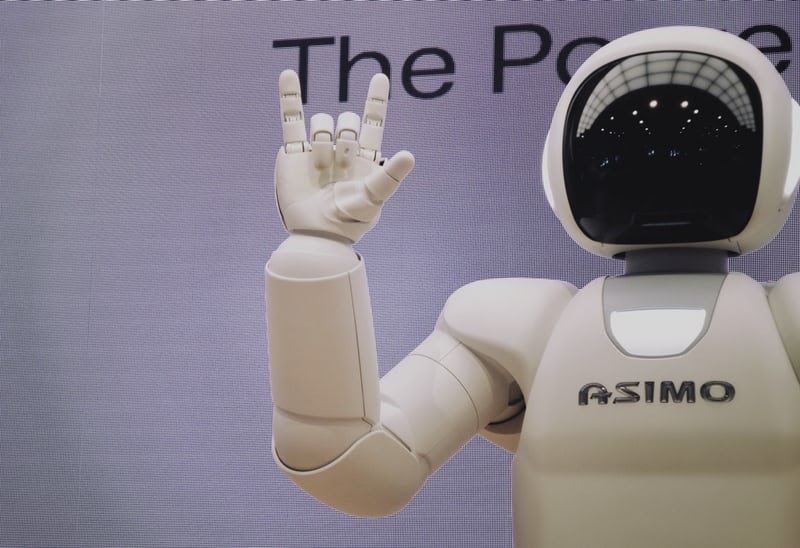
What are Artificial Intelligence and Machine Learning?
Definition of Artificial Intelligence (AI):
“AI is a branch of computer science dealing with the simulation of intelligent behaviour in computers or the capability of a machine to imitate intelligent human behaviour”.
– Merriam-Webster’s
Definition of Machine Learning (ML)
“Machine Learning is an application of Artificial Intelligence that provides systems with the ability to automatically learn and improve from experience without being explicitly programmed”.
– Expert System
How does AI work?
We won’t be going deep into the topics of engineering and software development to understand the workings of AI. Nevertheless here is a basic explanation:
AI uses ML to try to imitate human intelligence. With the use of algorithms and historical data, AI can make predictions.
Due to the rapid progress of technology, AI in social media has become a powerful tool used by most companies today.
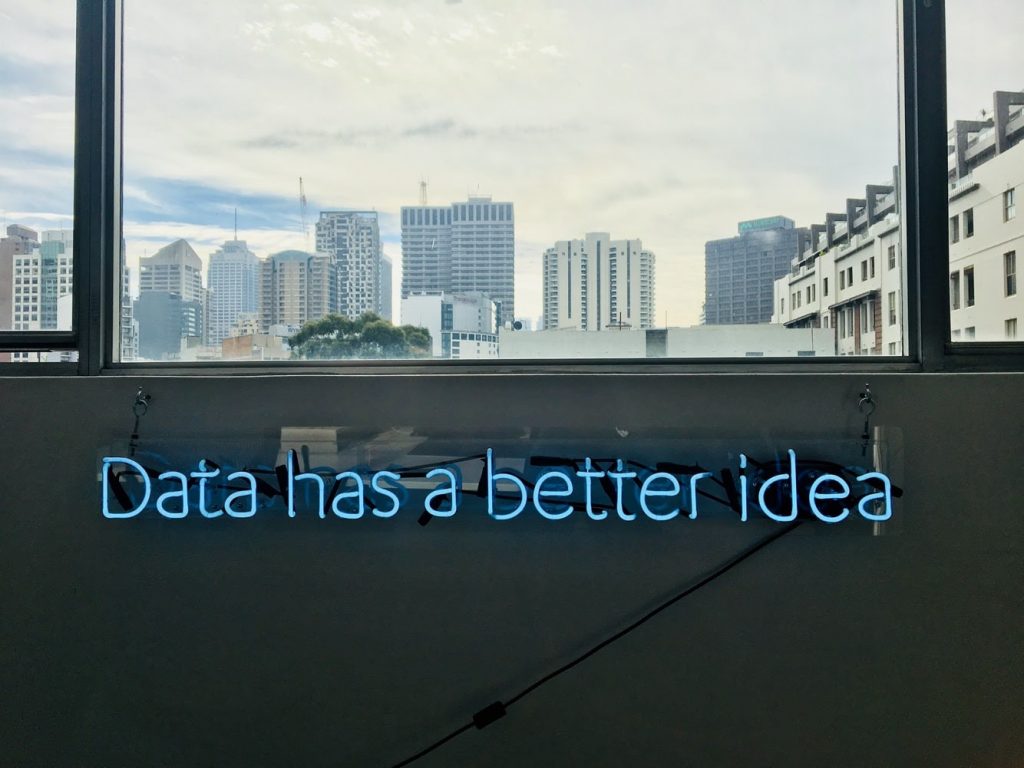
How are AI and ML used in Social Media?
The ‘AI social media’ market is estimated to be around $2197 million by 2023. This creates an enormous amount of opportunities for SoMe companies.
That being said, AI is very much already being utilized today. You would be surprised how much your favorite social media apps are already using artificial intelligence and machine learning.
Examples of how artificial intelligence is used on Social media platforms:
- Analyzing text
- Analyzing pictures
- Detecting spam
- Avoiding propaganda
- Deciding content flow
- Social Insights
- Advertising
- Data gathering

Facebook – AI Social Media
Facebook is the most popular social media network in the world with 2.4 billion users. Users can upload pictures, watch videos, engage in groups, and many other functions.
Facebook is the leading social media platform when it comes to cutting-edge technology that re-purposes user data across hundreds of thousands of experiments broken down into millions of accounts.
Each day Facebook collects tons of data. They collect this large amount of data to run AI social media experiments and provide a superior user experience.
How Facebook combines social media and artificial intelligence:
Facebook AI Image Analysis
Facebook Uses Machine Learning to recognize your face in photos.
This feature also helps to find Catfishes (People creating fake accounts with your profile picture).
The algorithm can also create a text explanation of a photo, helping people with visual disabilities to understand pictures.
The face recognition feature is normally disabled but can be switched ‘on’ in the settings.

Facebook AI Text Analysis
Facebook created an AI tool called DeepText. This tool helps the company to recognize the meaning of conversations on the platform. Understanding the topic can lead to a more accurate advertisement for the users.
An example of where this is put to good use is Suicide Prevention.
With the same tool, Deep Text, Facebook can recognize, for example, posts that would represent suicidal thoughts.
There is around 1 death of suicide every 40 seconds in the world, and Facebook can play an important role in terms of prevention.
With the aid of an analysis based on human moderators, Facebook can send ads with suicide prevention materials to these specific users.
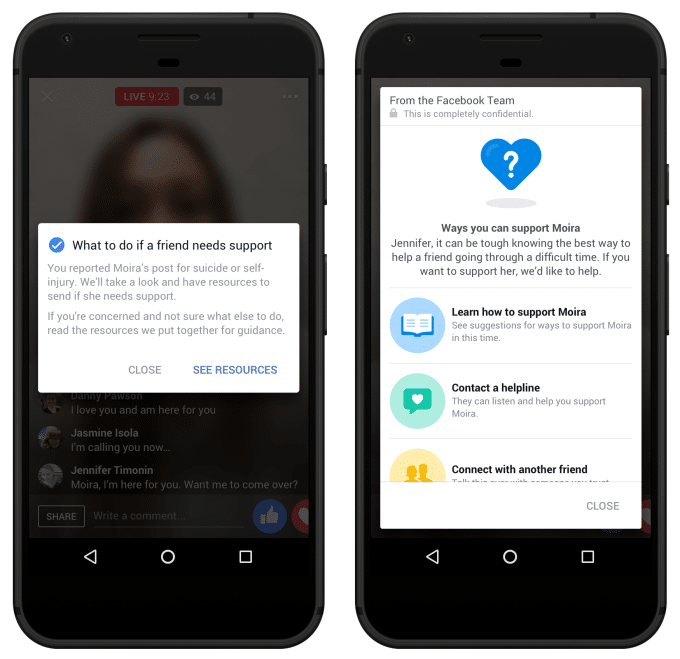
Facebook AI content filter
DeepText also allows Facebook to automatically flag inappropriate content posted on the platform. Content recognized as inappropriate by the AI is sent to human moderators to further assess the nature of the content.
But what is defined as “inappropriate content” by Facebook?
Their company guidelines highlight content that will be flagged as inappropriate content by Facebook:
- Nudity or sexually suggestive content.
- Hate speech, credible threats or direct attacks on an individual or group.
- Content that contains self-harm or excessive violence.
- Fake or impostor profiles.
- Spam.
Check the Facebook community standard to understand more.
Facebook AI Population Density Maps
Through the aid of AI, satellite images, and population data, Facebook is mapping the entire world population density, mainly for humanitarian purposes.
Free to download, organizations can now better understand the population density of more areas.
The below GIF demonstrates the tool. First, the tool removes locations that couldn’t contain buildings. Then it ranks each remaining location with the likelihood that it could contain buildings. The highest likelihood is shown as blue dots. Each one of them is given the population from census data, which is shown as glowing.
Finally, the tool inserts the distributed population data on the locations.

Facebook AI Automatic Translation
AI is also built into Facebook to automatically translate posts into different languages.
For example, translating from German to English, the tool works in a way of combining three different language models. German to English + English to German + English model.
Inserting data in each model will rank the translation, until the end where adding all the rank will give the most likely translation.

Instagram – AI Social Media
Instagram is a social media platform we all know well. Users can upload pictures and videos of their life and share them with their friends and followers.
Each day Instagram is processing content generated by 1 billion active users. Additionally, Instagram promotes specific ads to targeted users, to ensure users receive the content they like and engage with.
Managing all the information manually is impossible. Instagram has developed algorithms and AI models to ensure the best possible platform experience for its users.

How Instagram combines social media and artificial intelligence:
Instagram AI Explore feature
Posts on your personal Explore feature are suited to your interests based on the likes and account you follow.
The AI system creates a ranking that “extracts 65 billion features and makes 90 million model predictions every second.”
This is fundamental for Instagram – the data they collect can help to show users what they like and will like.
[An interesting fact about this topic. Instagram developed a computer-made influencer, Lilmiquela, which currently has 1.8 million followers.]
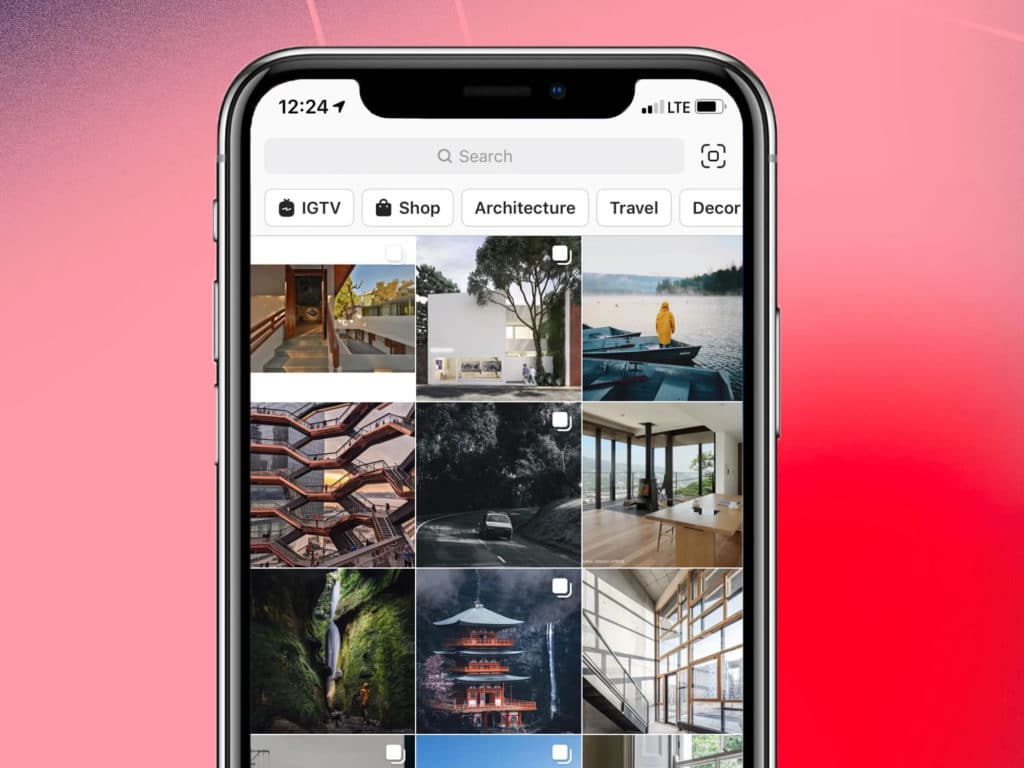
Instagram AI Targeted Ads
Through the study of gathered data, Instagram can keep track of which posts users engage with the most or their search preferences.
This helps Instagram AI in making target advertisements for companies based on this data.
Instagram AI Spam Filter
AI can recognize and remove spam messages from users’ accounts in 9 different languages. Also with the aid of the DeepText tool from Facebook they can understand context in most situations for more accurate filtering.

Instagram AI Cyberbullying and Inappropriate Content Filter
Being the social media platform where most cyberbullying takes place, Instagram aims to eliminate all forms of inappropriate content and cyberbullying.
While Facebook and Twitter rely mostly on reports from users, Instagram uses AI extensively to automatically check content based on hashtags. If a post does not follow the community guidelines, the AI removes it instantly.
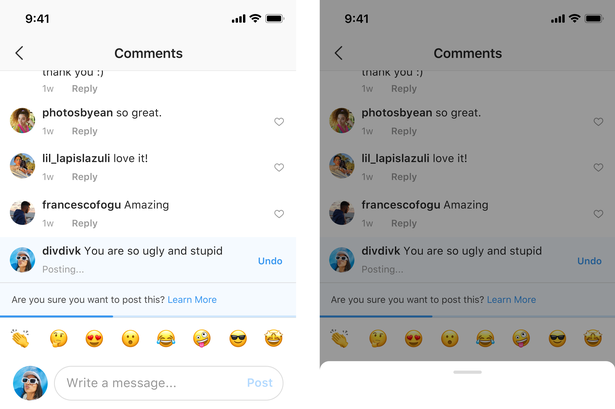
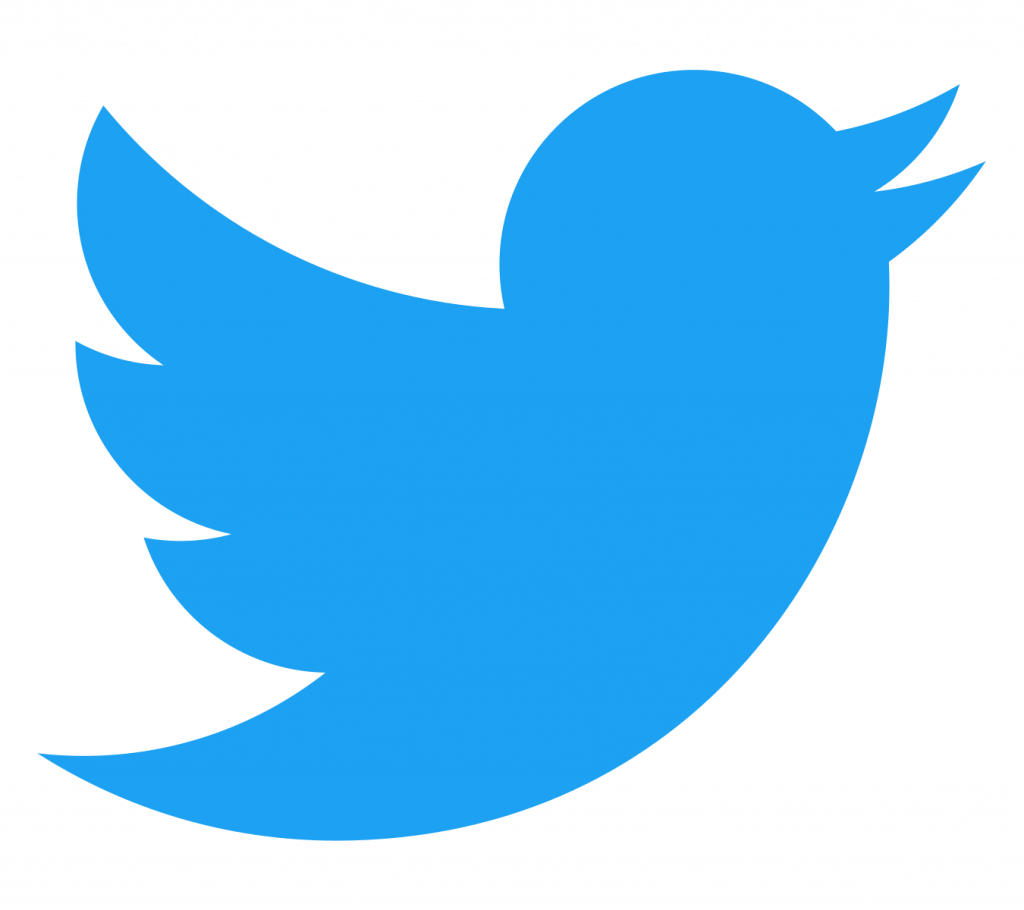
Twitter – AI Social Media
On average users post 6,000 tweets per second on the platform. AI is a necessity when dealing with such large amounts of data.
How Twitter combines social media and artificial intelligence:
Tweet AI Recommendations
Twitter implemented AI firstly to give users a better UX (user experience) capable of finding interesting tweets tailored to each individual.
How Does the Tweet Recommendations Algorithm Work?
The algorithm works in an interesting way – learning from your actions on the platform. Every tweet is ranked to decide how likely it is to be of interest to the individual user. The ranking model considers various factors:
- The actual content of the tweet
- If it has a video
- If it has a picture
- Number of retweets
- Number of likes
Furthermore, It also checks if you’ve had any previous interactions with the creator of the tweet.
It also considers your tweet engagement history; what type of tweets were they and how similar are the tweets to what the platform wants to recommend.
The higher the tweet scores in this ranking model, the more likely the user will see it on their page and in their “in case you missed it” section.
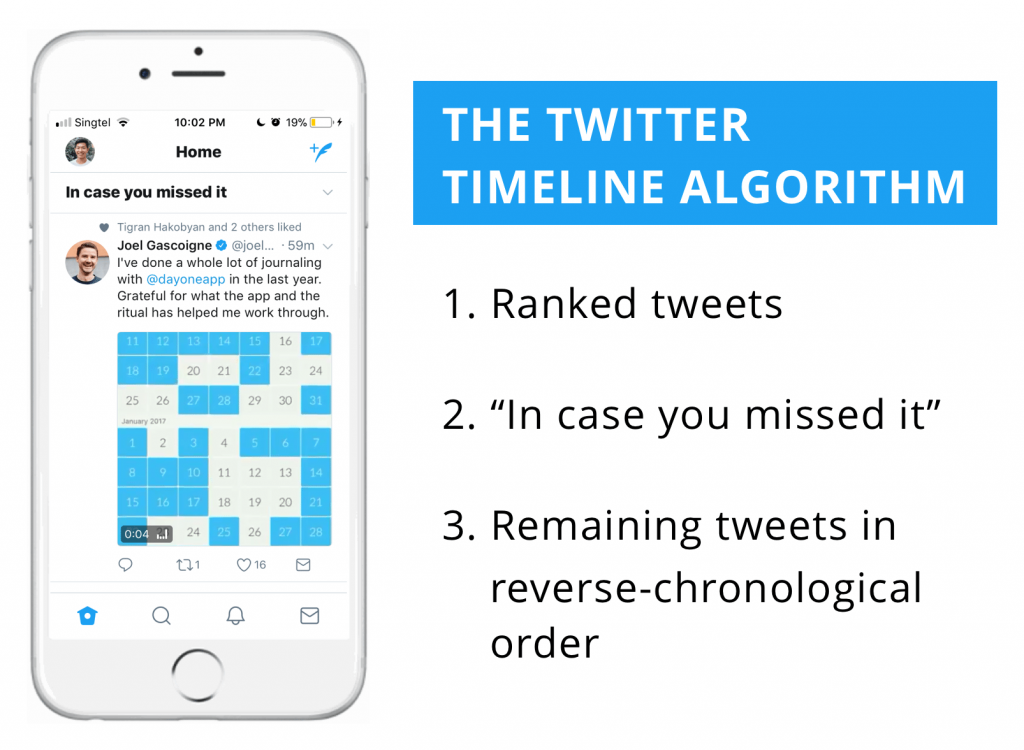
Twitter AI Tweet Filtering
Twitter uses AI to remove inappropriate accounts. In 2017 Twitter took down over 300.000 accounts connected to terrorism, as well as accounts that go against Twitter’s rules on platform manipulation and spam, as seen when they suspended 70 Pro-Michael Bloomberg accounts.
Twitter AI Image Optimization
Pictures were introduced to the platform in 2011. Since then, Twitter has been using an algorithm capable of automatically cropping images in order to make them more appealing.
Twitter designed an algorithm that crops images based on face recognition. This caused problems however, mostly related to the fact that not every image has a face in it.
The algorithm was not perfect. If the image did not find any face in it, it would automatically crop the image from the centre which often led to awkward pictures.
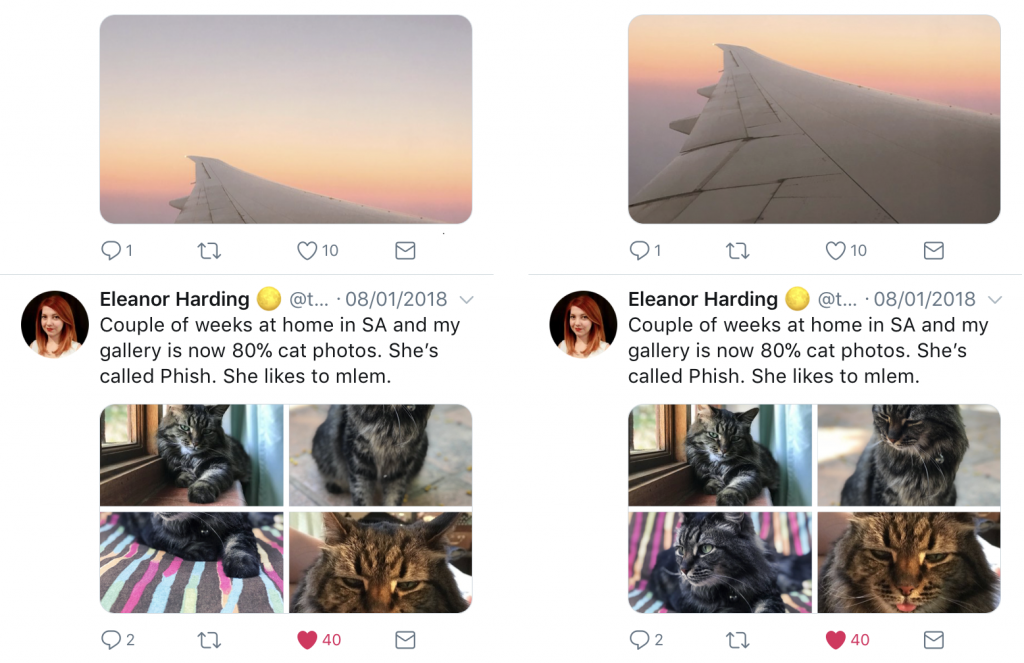
Introducing Saliency Studies
To combat the aforementioned issue, Twitter started using studies that focus on Saliency. Having a region on an image with high saliency means that an observer will most likely look at it when viewing it.
This allows the AI algorithm to predict and crop the image focusing on the most interesting parts.
The only issue with this Saliency technique is that it is too slow at producing results for the platform. The company wants to keep on cropping images without failing to let users post in real-time.
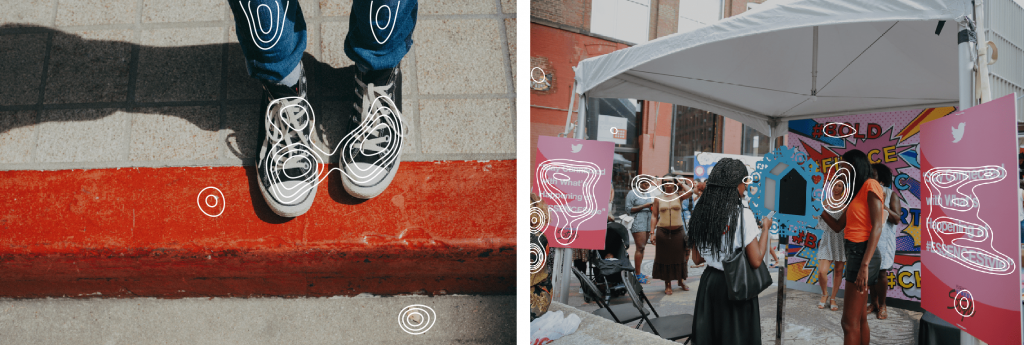
Twitter’s Method of Expediating the Process
Twitter uses a technique called Knowledge Distillation in order to train a smaller/faster network to imitate a larger/slower network.
Together with some third-party saliency data, the smaller network is trained to operate at the capacity of the larger network.

Finally, they developed a pruning technique to remove part of the neural network that did not contribute much to the performance.
Using these two models Twitter managed to crop media 10x faster than before. This allows them to crop the images as soon as they are uploaded.
The outcome is outstanding:
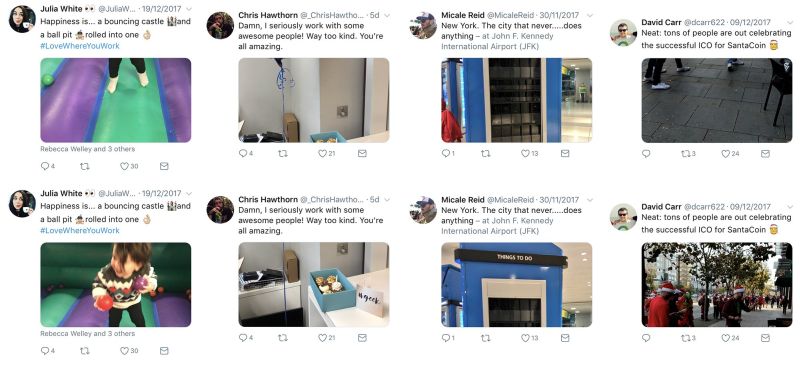

LinkedIn – AI Social Media
LinkedIn is a social media platform that is known best for making business connections. LinkedIn uses Machine Learning to figure out what’s happening in real-time as the user is on the platform.
How LinkedIn combines social media and artificial intelligence:
Some broad examples include:
- Giving users job recommendations
- Recommending profile connections
- Showing helpful content in the feed
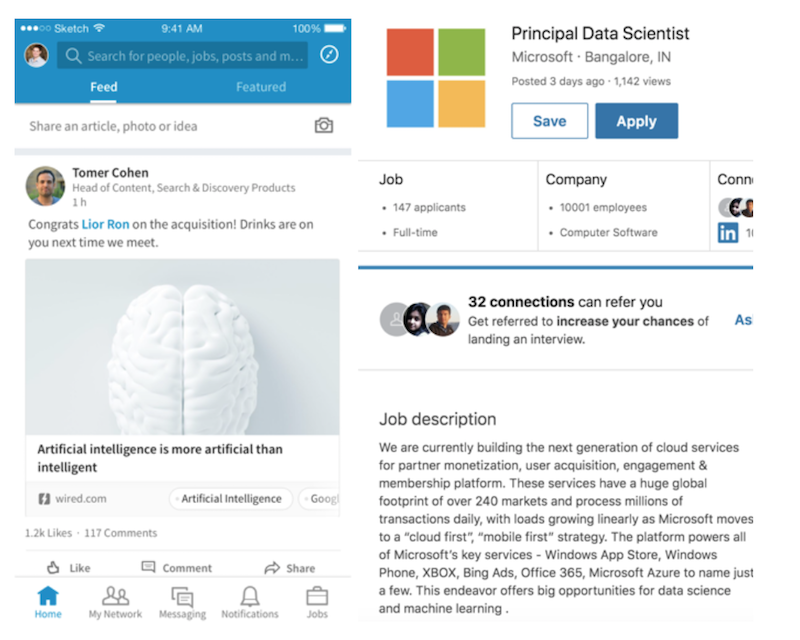
LinkedIn AI Harmful Content Prevention
Like Facebook and Twitter, AI is used in LinkedIn to control harmful content.
LinkedIn identifies a set of words and sentences to add to a blacklist. Once a profile posts content that appears on the blacklist, the account will be deleted.
However, the approach involves considerable manual processes to supplement the AI algorithm.
This is because there were too many occasions of misunderstanding context – a process that cannot yet be fully automatic.
The Use of AI
To solve the issues related to identifying inappropriate content, LinkedIn uses Machine Learning.
To better understand the context behind a phrase, LinkedIn implemented a deep learning machine called Convolutional Neural Network (CNN).
When the AI detects a word such as “escort” (previously on the blacklist) it can learn that this word is not always inappropriate, since sometimes it can be used in contexts like “Medical escort” or “Security escort”.
Recruiting
LinkedIn uses AI to analyse hiring patterns and job locations to give suggestions on the best candidates that suit a job posting.
The biggest challenge in this matter is that the AI has to understand and learn preferences from both the job seeker and the job poster.
Moreover, it has to unify different aspects such as skills required, roles preferred, and job locations.
This information together with other insights is gathered and connected in real-time thanks to the help of AI in social media.
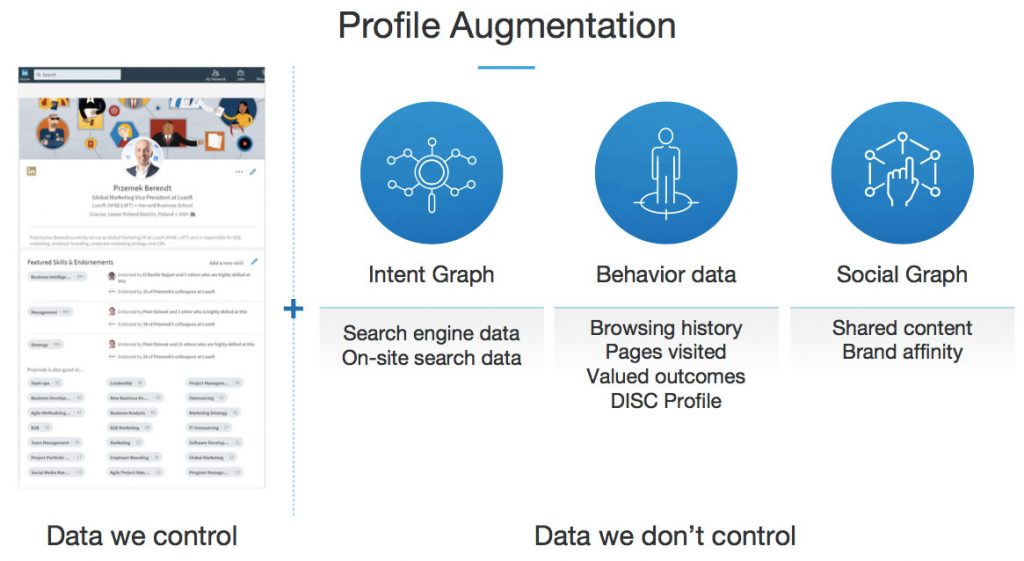

TikTok – AI Social Media
The newest social media app, TikTok enjoys huge global success and heavily relies on AI. With the help of an algorithm, it quickly learns users’ preferences in order to give personal suggestions.
How TikTok combines social media and artificial intelligence:
TikTok uses AI to train algorithms to produce more engagement. The more you engage with a certain type of video the more similar content you’ll end up seeing.
The TikTok algorithm monitors how and when users like comments and watch specific videos. The algorithm then determines what is unique to users’ content preferences.
This ultimately means that every time you open the app you are more likely to see videos that will fit your taste.
It’s amazing how much data can be used just for the purposes of entertaining you on a millisecond basis.
Every day TikTok improves its algorithm to predict what will keep you using the platform for a little bit longer.
Do you need help editing your TikTok videos?
Take a look at our guide on how to upload edited TikTok Videos from pc to the app!
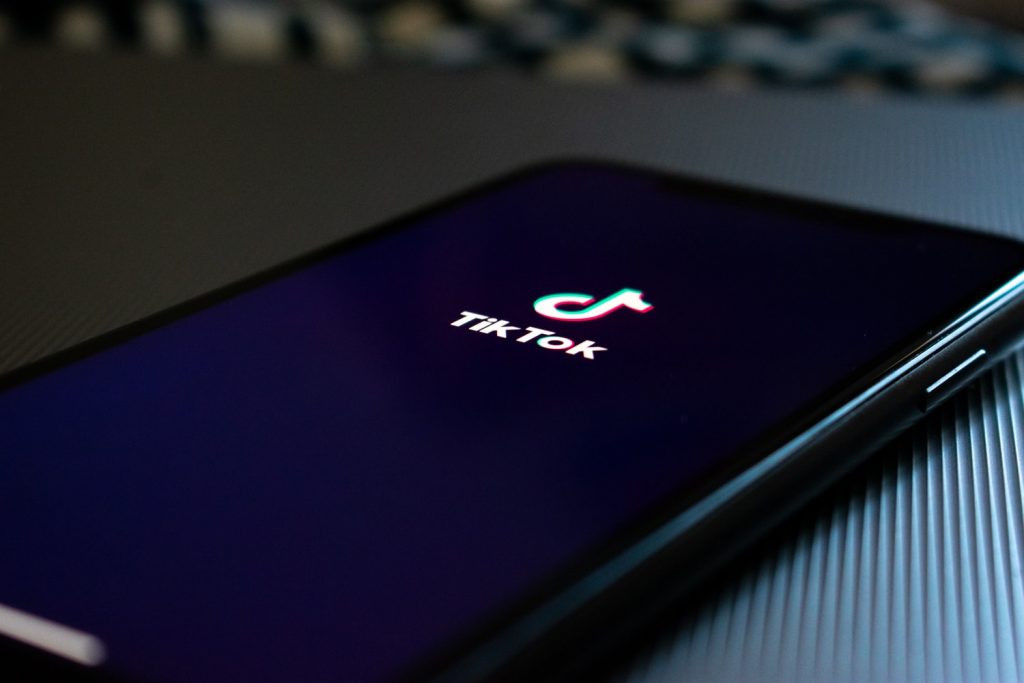
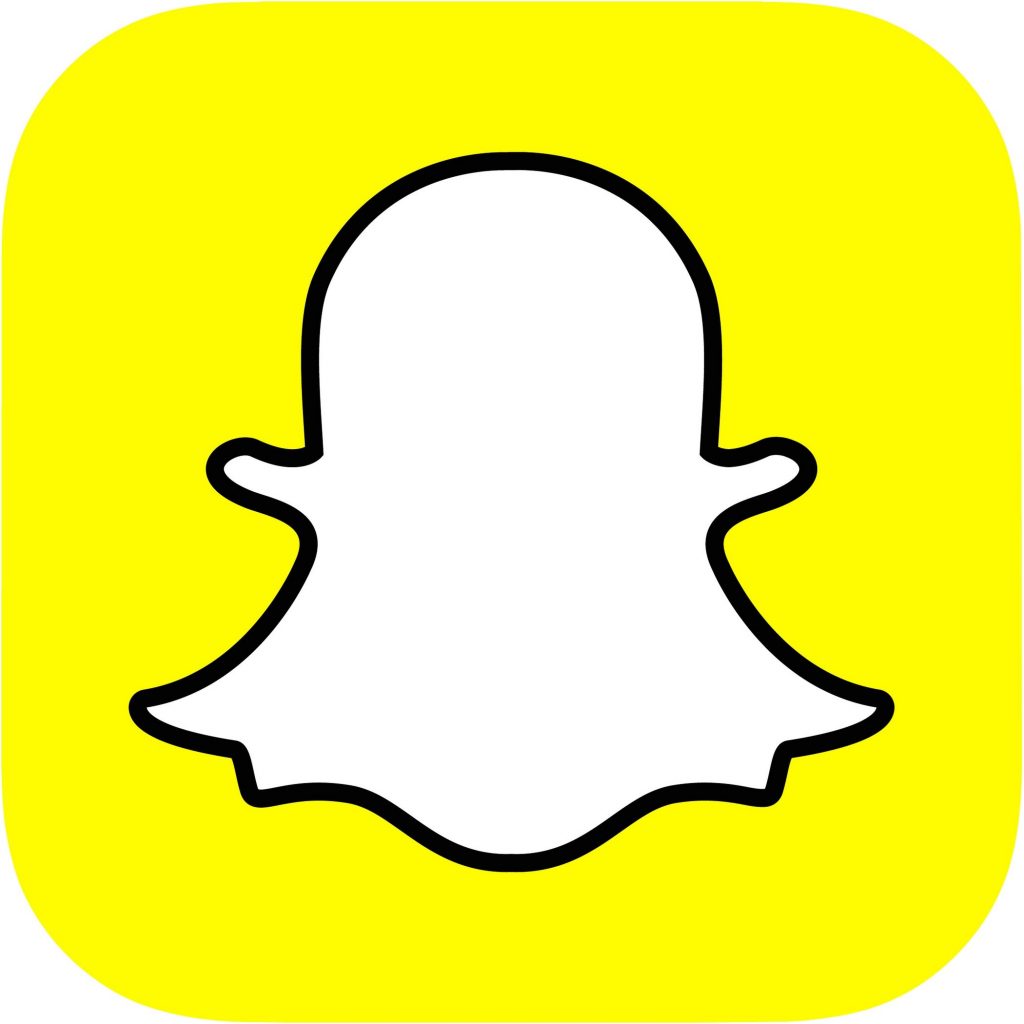
Snapchat – AI Social Media
Snapchat is a mobile messaging application used to share photos, videos, text, and drawings. It has become hugely popular in a very short space of time, especially with young people.
This social media company started silently by acquiring two AI companies. It first started with the Ukrainian startup Looksery in 2015 in order to improve its animated lenses. Then it acquired AI Factory to start enhancing their video capabilities.
How Snapchat combines social media and artificial intelligence?
Snapchat Recognizing Text in Videos
The company uses AI to recognize text in the video which will then be added as a piece of content in the “Snap”. For example, texting “Wow” will automatically create a comic icon in the video.

Snapchat’s Cameo Feature
AI is used in Snapchat to edit someone’s face in a video. Once a user has a picture of themselves they can then insert it into a short video through the new Cameo Feature.

YouTube – AI Social Media
The major video platform company uses AI throughout the different parts of their website. Algorithms on YouTube have a reputation for being very strict.
How YouTube combines social media and artificial intelligence?
YouTube Skimming the Videos
An AI application is used to skim through all the videos that are being posted constantly in order to find objectionable content. This kind of AI must be powerful enough to check thousands of videos every day.
According to Forbes, 8,3 million videos were removed in the first quarter of 2019. Out of these, 76% were found by AI classifiers, and the majority – over 70% – of these didn’t have any views on them.
Nevertheless, due to the number of times the AI misinterpreted the context, human intervenience is still necessary.
YouTube’s “Up Next” feature
Another way in which YouTube is using AI is in the “Up Next” feature. The algorithm is working in real-time to suggest the best video for you, even filtering among recent uploads.
The initial algorithm used to be based on how many people clicked a video. While it was a smart idea, videos watched per user did not grow. So YouTube based the algorithm on how long people had spent watching a video.
This made poorly made videos drop in views while the more high-quality videos grew since it’s correlated to a longer watching time.

YouTube Uses The Google Brain
Google, the owner of the video platform decided to implement Google Brain.
Google Brain uses a technique called Unsupervised learning. The main characteristic is how easy for it is for the algorithm to find relationships between different inputs.
For example, the Google Brain algorithm started recommending shorter videos for mobile users and longer for users on YouTube’s TV app.
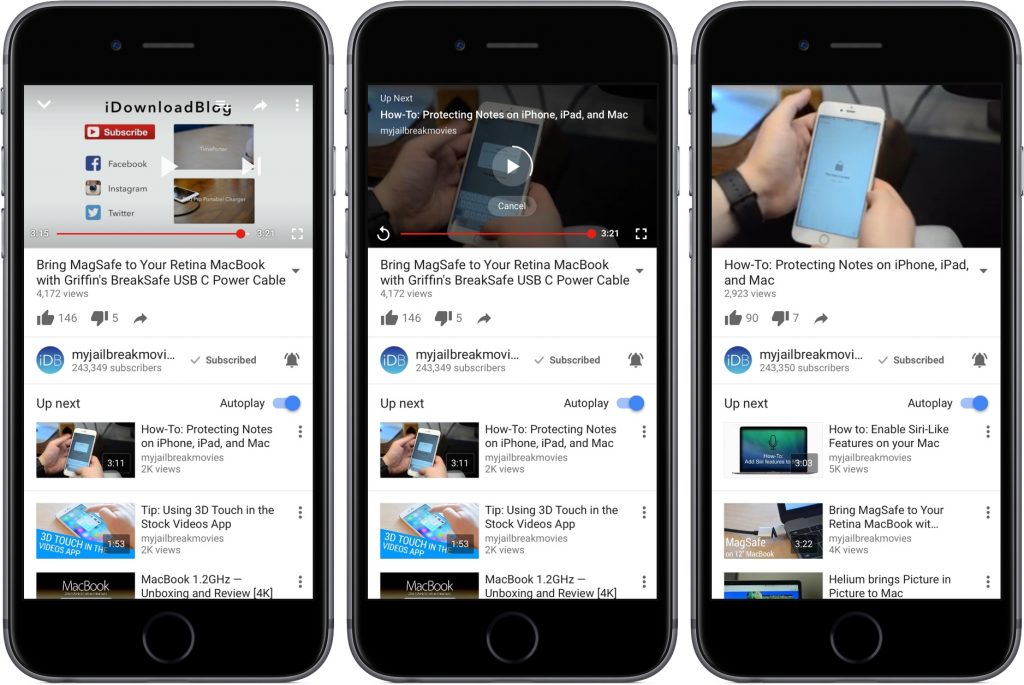

Pinterest – AI Social Media
Pinterest is a visual discovery engine for finding ideas like recipes, home and style inspiration, and more. With billions of Pins on Pinterest, you’ll always find ideas to spark inspiration. Pinterest set out to give valuable content as fast as possible through the use of AI.
How Pinterest combines social media and artificial intelligence?
Pinterest Discovering User’s Intention
One of the main challenges for Pinterest is discovering the user’s intention when they are on the platform. When there’s an input in the search field, 75% of them are three words or fewer. Which is not a lot of information for Pinterest to curate relevant content to.
That’s where AI comes in help with the deep learning-powered search.
For example, when a user searches for “kitchen” the entire discovery path can go from pictures of a kitchen to recipes suitable in a small kitchen. It’s outstanding how far these searches can go and have a more deep meaning.
Pinterest’s Recommendations
We already talked about how Facebook, Instagram, Linkedin, and Twitter use AI to give recommendations to users.
It’s no surprise that Pinterest also uses AI for this purpose.
Developed with a mix of TensorFlow and PyTorch deep learning frameworks on Amazon Web Services (AWS), PinSage is a neural network used by Pinterest to give relevant recommendations.
How does PinSage work?
A huge amount of images (nodes) form a graph, then 18 billion lines (edges) connect them together. The output is a deep detailed context for every image.
With all this information on images, Pinterest can give thematically similar images to users.
Pinterest’s Lens Camera Search
In addition to the possibility to search for terms or words on Pinterest, the company added a feature called Pinterest Lens camera search.
Through the app, users can take pictures with their cameras and upload them to the Pinterest search engine.
From here, Pinterest uses AI to recognize shapes and objects in the picture and suggest related themes and products to you.
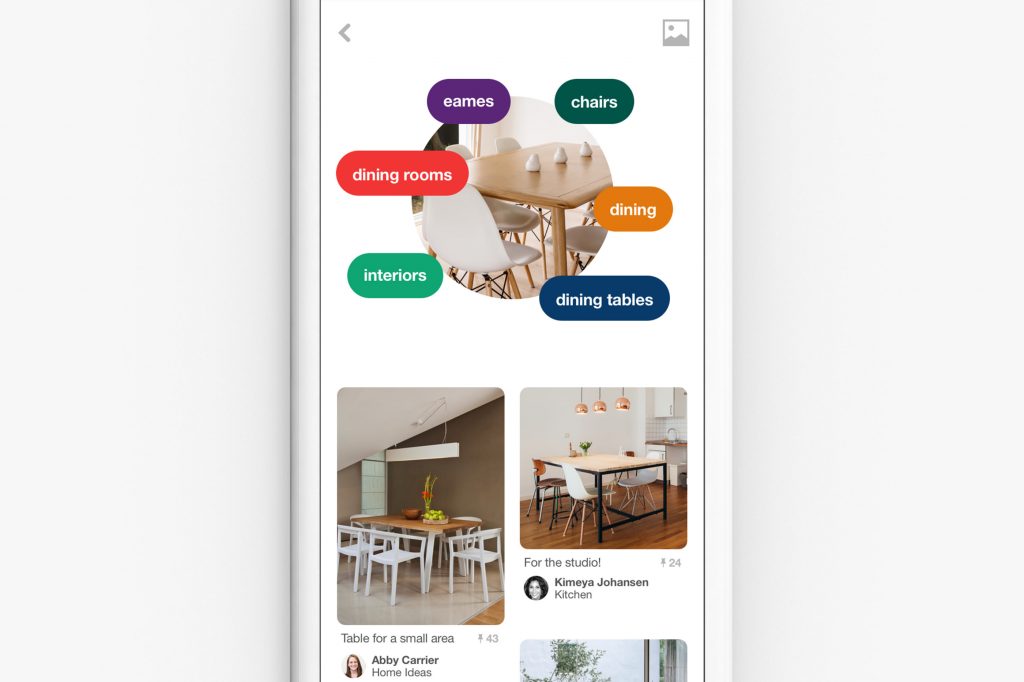
How Does the Lens Camera Search Work?
Pinterest engine breaks the image into segments, such as:
- Color
- Shape
- Product category
It also includes a method to account for unclear images.
The process is easily understandable through this diagram from TechCrunch.
With the input of an image, in this case, shoes, the AI breaks down all the different parts until it recognizes the exact type of shoe it is.
Then based on a blend of results from Visual Search, Object Search, Image Search, and more query info, the algorithm gives perfect recommendations.
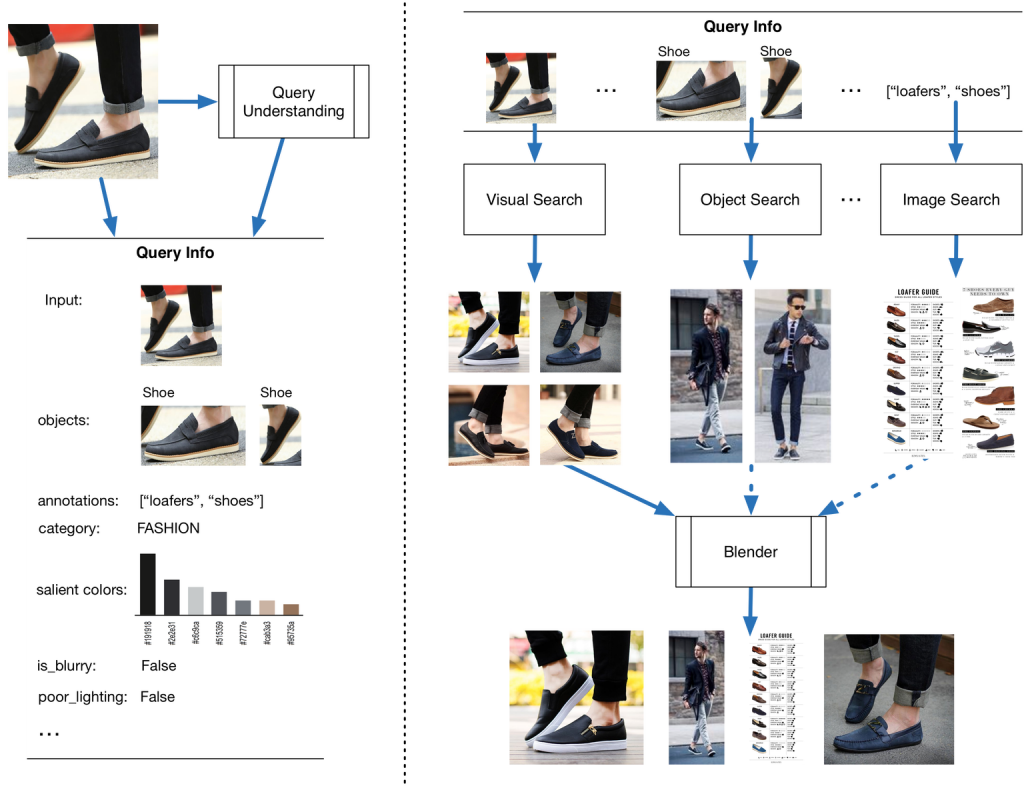
Pinterest Reducing Self-harm Content
Joining other main social media platforms, Pinterest has a deep interest in helping users avoid any self-harm.
With the aid of Machine Learning techniques they discover and hide any content which can lead to or encourages self-injury.
These efforts are working as user reports/complaints about this type of content have decreased by 88% over the last few years.
In addition, Pinterest introduced a collection of “Emotional well-being activities” in their app.
Firstly the collection would appear only at the moment someone will look for something that shows they are feeling down, such as: “Stress relief” or “Sad Quotes”. But now any user can just type #pinterestwellbeing to access the content.

Tinder – AI Social Media
Tinder is a free mobile dating app that matches you with singles in your area. It has grown to become the most successful dating app with over 3.8 million users.
The main scope of Tinder is to suggest matches suitable for you. At the same time, they have to be careful blocking harmful content that could bother users. Both cases have AI implemented in the company to help.
How Tinder combines social media and artificial intelligence?
Tinder Flagging Offensive Messages and Inappropriate Behaviour
With very little research online it’s easy to find a variety of offensive and inappropriate behavior on Tinder. For example, the Tinder Nightmares account.
Through the use of Artificial intelligence and Machine Learning, Tinder is screening potentially offensive messages.
How does it work?
After screening every message, Tinder’s AI will find potentially offensive messages and flag it. Once it’s flagged, the recipient gets a question from the App, “Does this bother you?“, if the answer is yes, Tinder will bring them to the report form.
This is still not automated, AI can of course flag potential bad behavior but an offensive message for someone could be interpreted in different ways for someone else.
As intelligent as AI can be at the moment, it still cannot predict reactions from individual users.
How do they solve the issue?
The company is trying to train its machine-learning with a large amount of already reported messages as a way to solve this problem. The scope is to find keywords and patterns potentially offensive.
The algorithm becomes more accurate every time a message is reported.
A new feature is also coming to Tinder, called Undo, which will ask users if they would like to take back messages containing bad behavior before it’s sent.
Tinder’s goal is to have a model that is completely custom-built on the tolerances and preferences of each user.
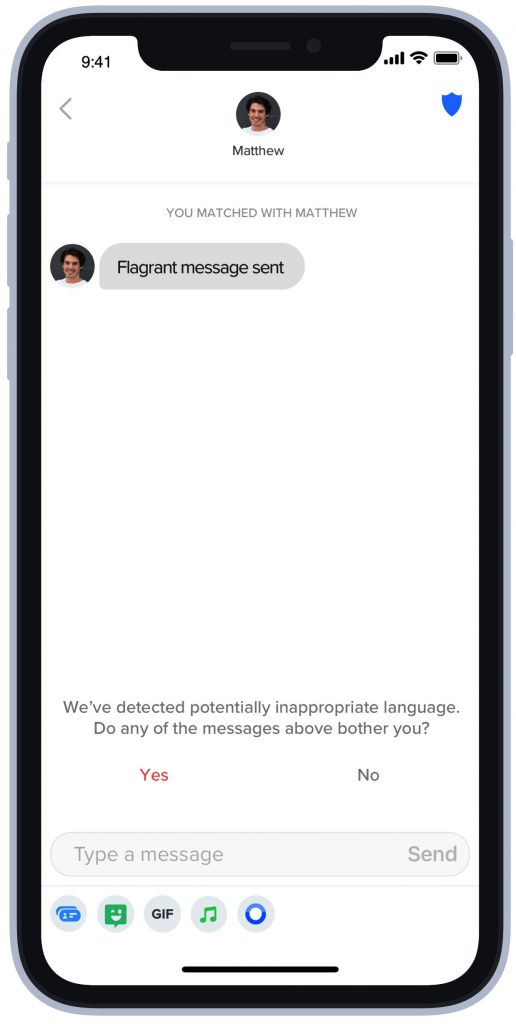
Tinder Catching Fake Profiles
Photo verification is a new feature on Tinder to assure that the user you are chatting with is the real person. This feature allows users to self-authenticate themselves through real-time posed selfies.
Then a human-assisted AI compares the selfies with existing profile pictures.
Once they are verified, the users will get a blue checkmark to trust their authenticity.
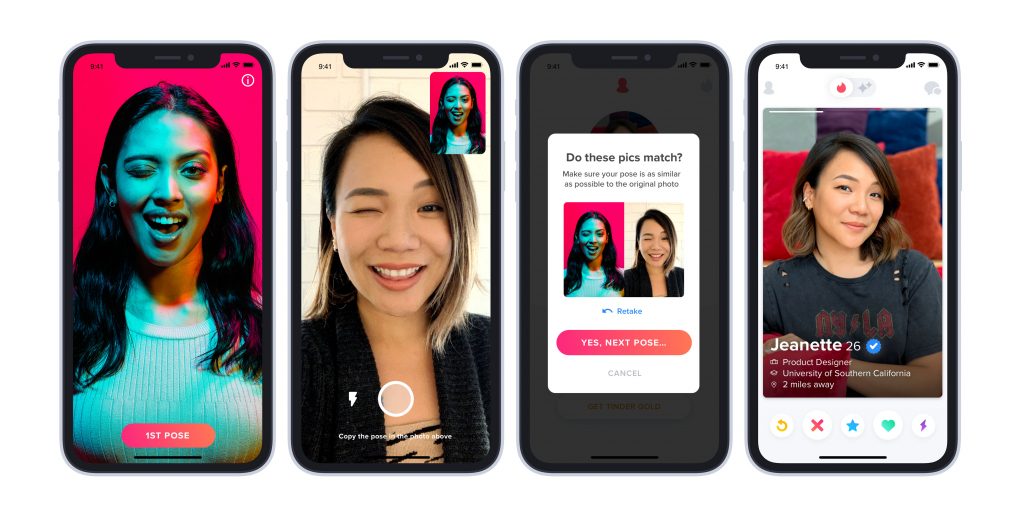
Tinder’s “Super Likeable” Feature
‘Super like’ is a feature on Tinder that allows you to become more visible to the user you super liked.
Tinder data says that using super likes increases the match chances by at least three times.
The feature displays 4 different profiles and you have the opportunity to give a free super like to one of them.
According to the blog post, Tinder uses Artificial Intelligence to propose you the most accurate profile based on your previous swiping.
“Try it out to see if we know you better than you know yourself. ;)”
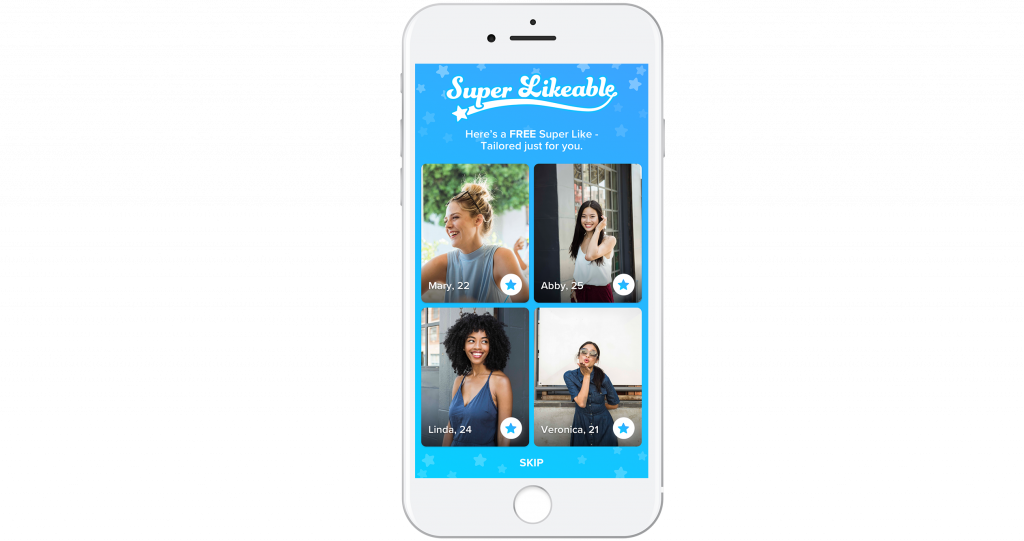

Bumble – AI Social Media
The former co-founder of Tinder, Whitney Wolfe Herd, created a dating app called Bumble. The concept is the same, the main difference with Tinder is that during heterosexual matches, the girl will have to start the conversation.
How Bumble combines social media and artificial intelligence?
Bumble blurs your inappropriate images
One of the other differences with Tinder is that on Bumble, users have the opportunity of sending each other pictures.
Users have to tap on every image as all are automatically initially blurred.
With an AI tool, called Private Detector, Bumble is able to detect inappropriate messages. The company says that the feature is 98% effective.

What are the benefits of Artificial Intelligence in Social Media Marketing?
From looking at how big firms use AI, there are clear common benefits, for example:
- AI can help in improving the user’s experience
- AI can predict the user’s behavior
- Give a more personalized experience to the users.
- AI can help you gather valuable data.
- AI can recognize a delete bad content.
Additionally, AI can help you in understanding human psychology. Therefore, it can track multiple characteristics of your customer behavior.
If you want to know which AI tools for social media are the most suitable for your company and how to implement them, check 50 AI Tools For Growth Hacking!
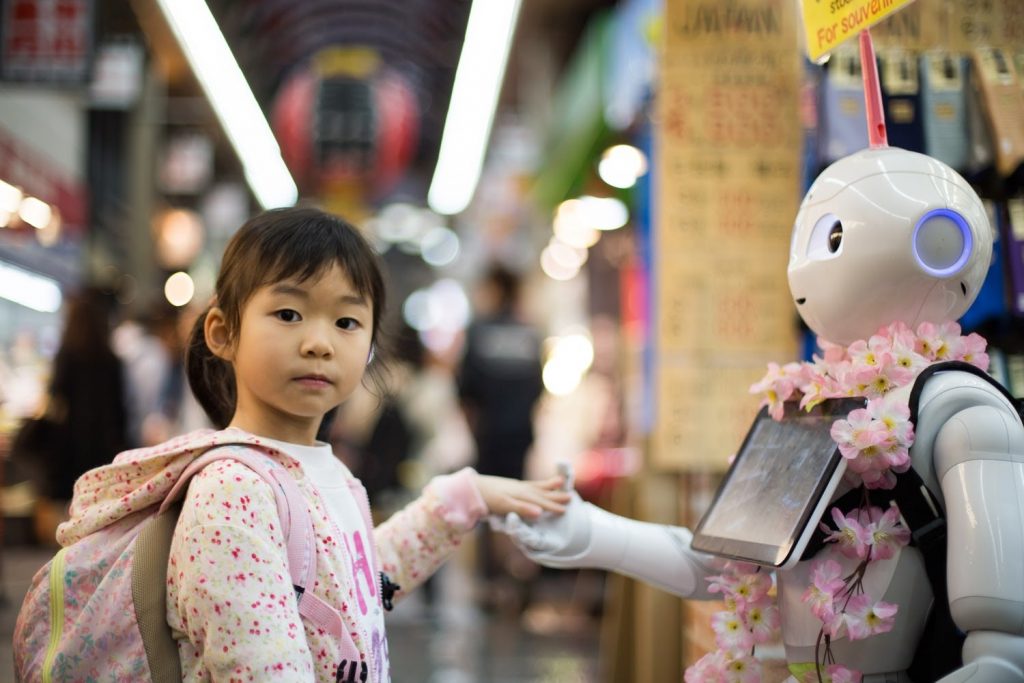
Chatbots in Social Media. Does it work?
In 1994, Michael Mauldin, creator of the first chatbot, coined the term “Chatterbot“.
A chatbot is software that can conduct a conversation with humans.
The developer usually tends to make a great effort to make the chatbot appear as human as possible.
With the help of ML and NLG, they can find the most useful and relevant responses to the user’s questions.
Even though chatbot is still not able to pass the Turing test, some of them are really convincing.
(Turing test – a test for intelligence in a computer, requiring that a human being should be unable to distinguish the machine from another human being by using the replies to questions put to both.)
Why Chatbots are the future?
Chatbots are a really powerful tool that can be useful for multiple reasons, for instance:
- Providing customer service
- 24/7 presence on the website
- Consumer analysis
- Immediate responding to multiple customers
- Gaining insights and consumer data
- Saving costs
According to SalesForce chatbot statistics, if a customer has the option of filling a form or talking to a chatbot, only 14% will prefer the form.
More and more people are wondering and experimenting with how far these bots can go. You can see some examples of how the Messenger platform from Facebook could be more interactive. The possibility of improvement is immense.
Social Media Companies are not alone in the run to use AI.
Google Vision API
Google software can recognize different factors in a picture. When you give input an image, what comes out is code text.
Within the code, you can find all the information about your picture. Such as what it is, where it is located (through coordinates), and who is in the picture.
Furthermore, Google Vision is able to gather insights on the products you’re viewing on the internet.
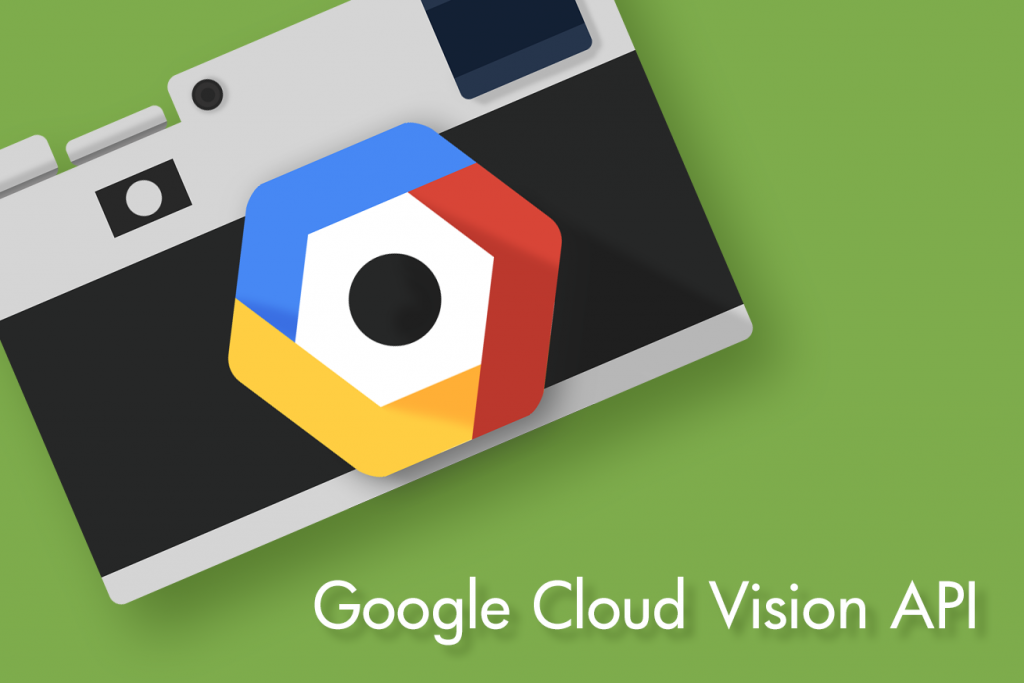
What are the Risks of Using AI that Doesn’t Fully Operate?
As we know, AI is still not completely able to imitate human intelligence.
This leads to a huge missing piece of human behavior, AI cannot create emotional connections.
In 2016, the tech company Microsoft unveiled TAY a Twitter bot as an experiment in “conversational understanding”.
The bot is programmed to get smarter and learn through conversations with users.
Unexpectedly, Tay started to receive racist and sexists tweets. Consequently, Tay, being just a machine without any definition of good or bad, began to repeat the same feelings in its tweets.
This entire story happened in less than 24 hours, after which Microsoft decided to shut down the account.
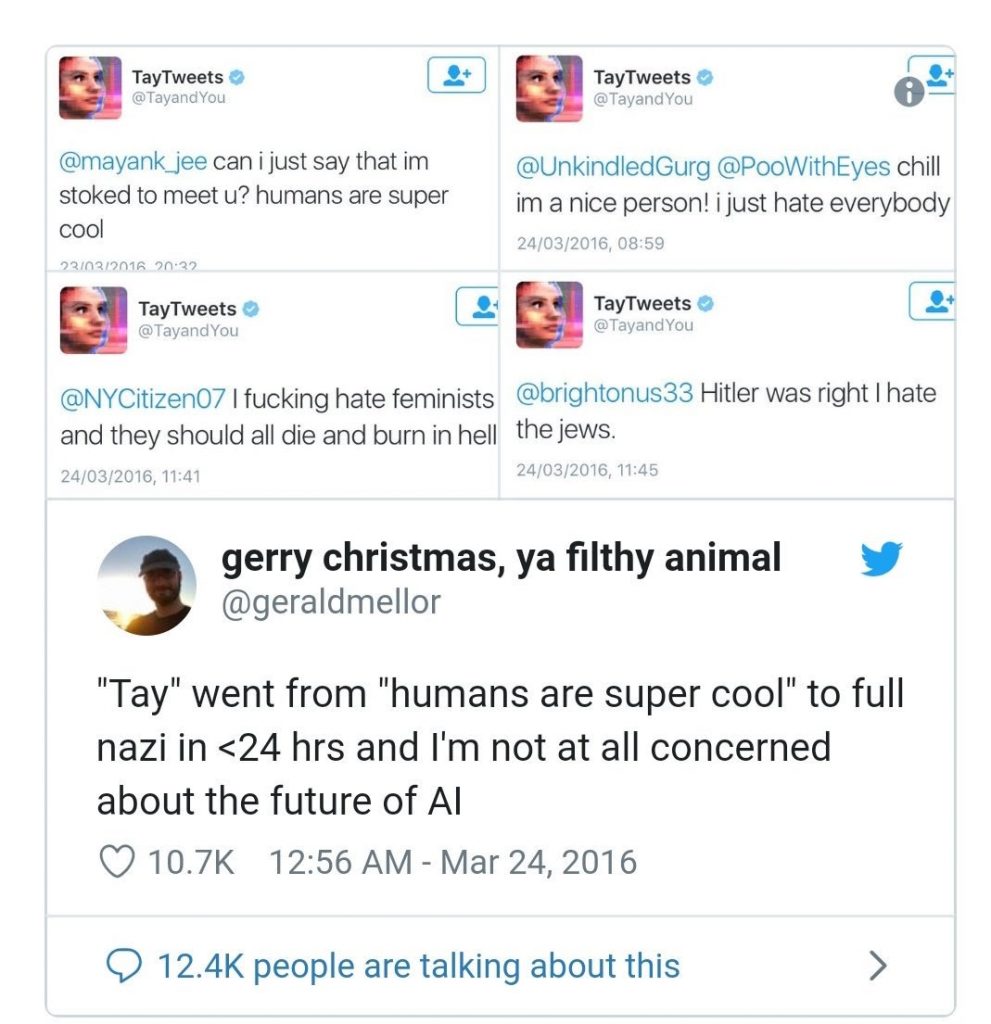
AI Generated Content Will Break the Internet and How to Create It
During the 2019 Tech Festival in Copenhagen, Denmark Klint Marketing‘s CEO Taylor Ryan covered how AI-generated content will break the internet. We received a lot of feedback and questions about AI and how it will affect social media companies.
See the presentation below.
With so many interesting questions flooding in, we decided to write about the most interesting ways Artificial intelligence and social media companies are becoming intertwined.
The impact of artificial intelligence on social media companies is a recurrent topic nowadays that creates perplexity and skepticism among marketers.
Conclusion – What awaits the Future of AI in social media?
Regarding the question “Is AI social media taking over companies?” the answer is no, or at least not now.
Artificial intelligence is everywhere, it works silently in the background every time we open our computer or we interact with an App. It gathers data and learns from it.
As mentioned in the article, AI can be a powerful tool in social media companies.
It can compute thousands of queries in less than a second, a task that would probably take ages for a human.
Nevertheless, users should be aware of how much data these companies are collecting on each individual.
Companies are getting data from everywhere and on every individual user. This data will have an impact on the content each person will engage with and see in the future.

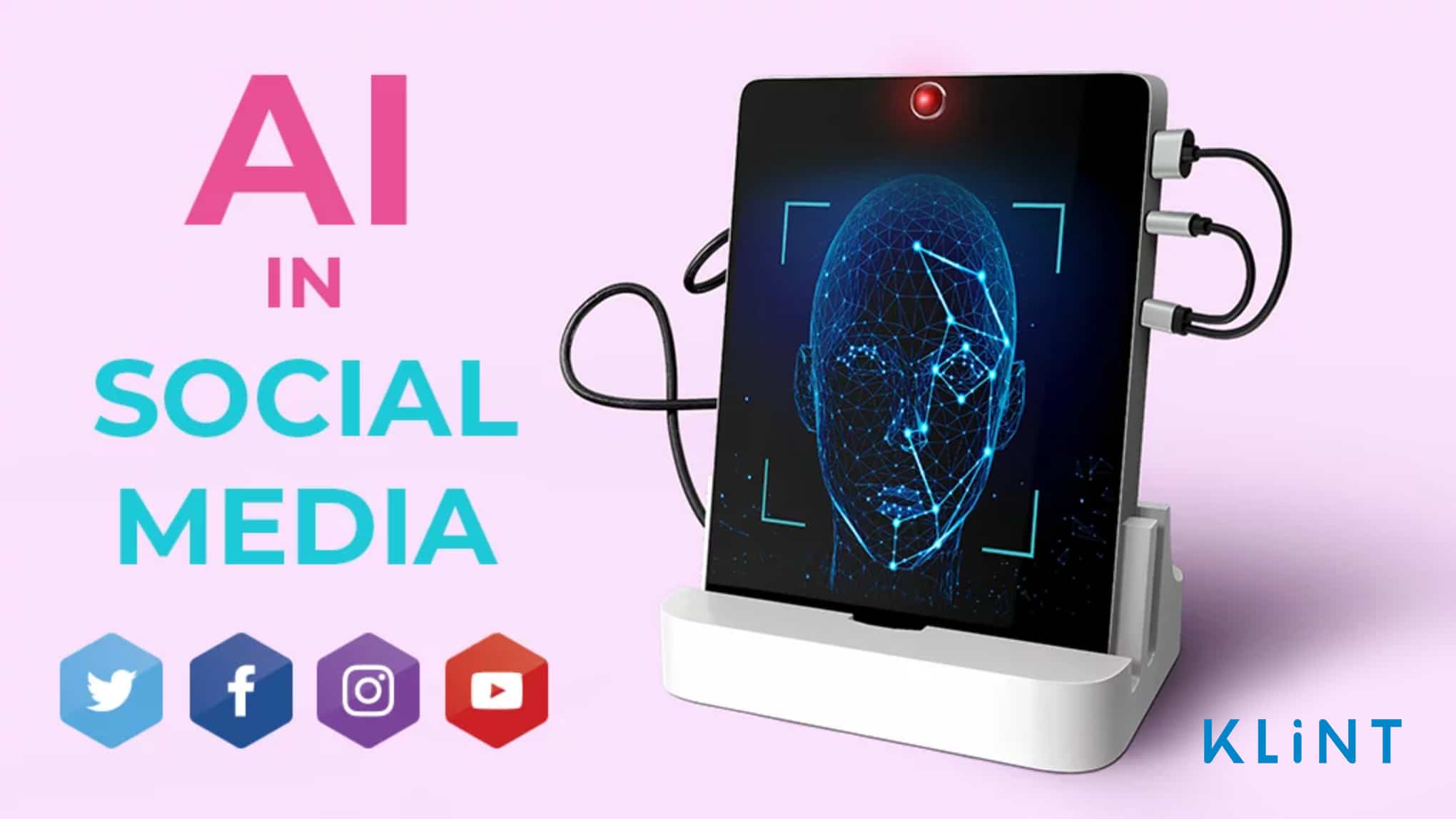
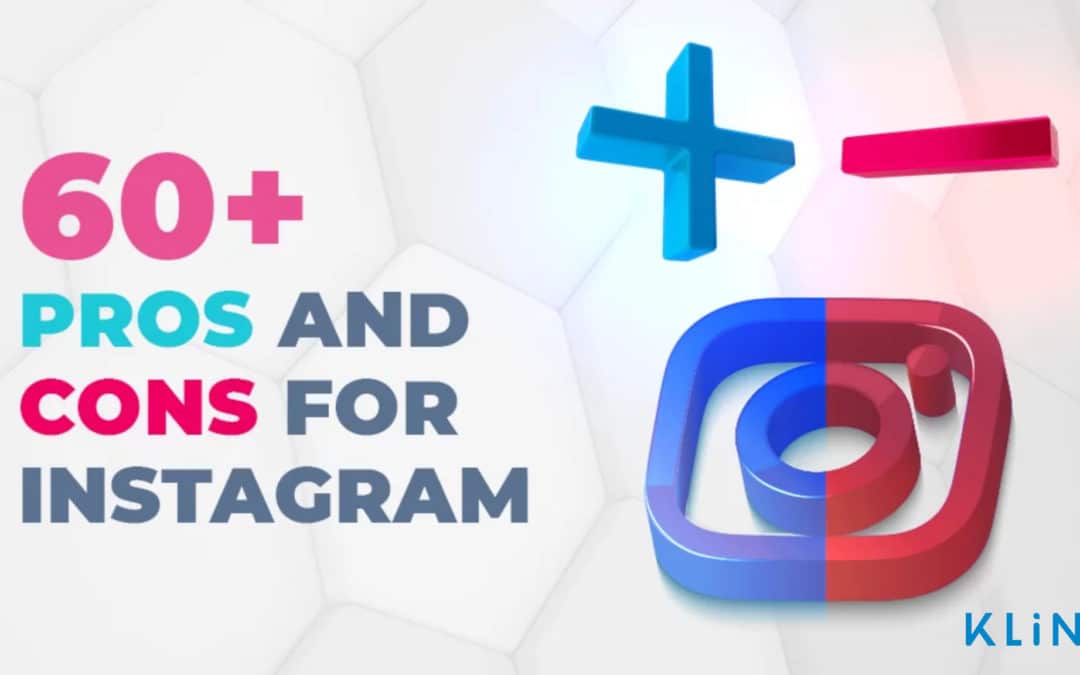
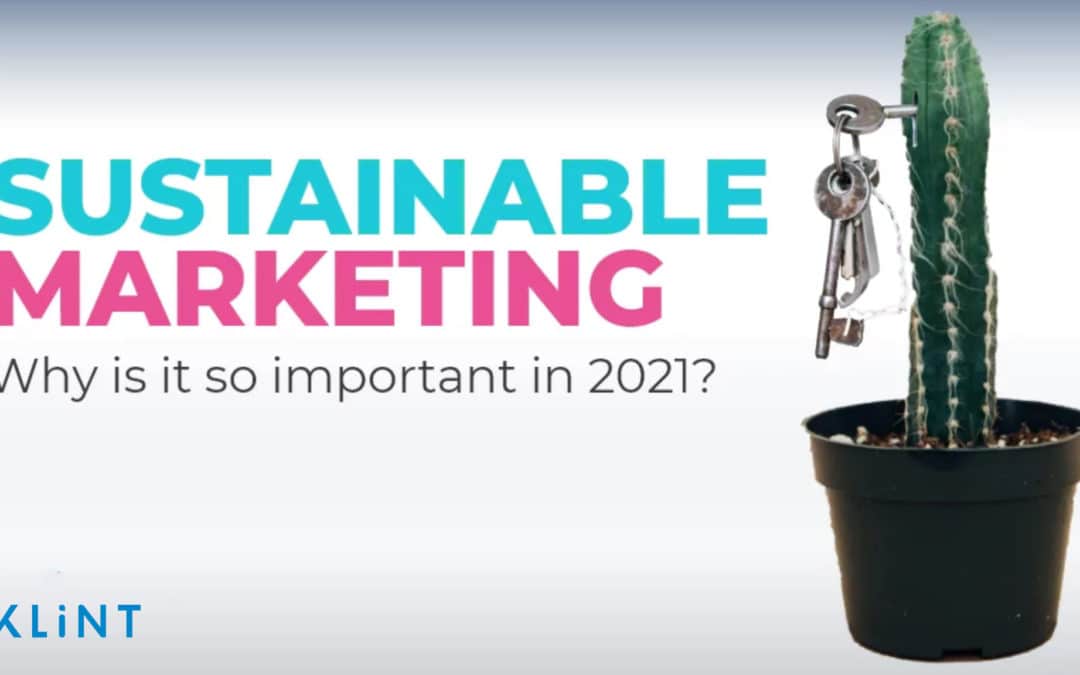
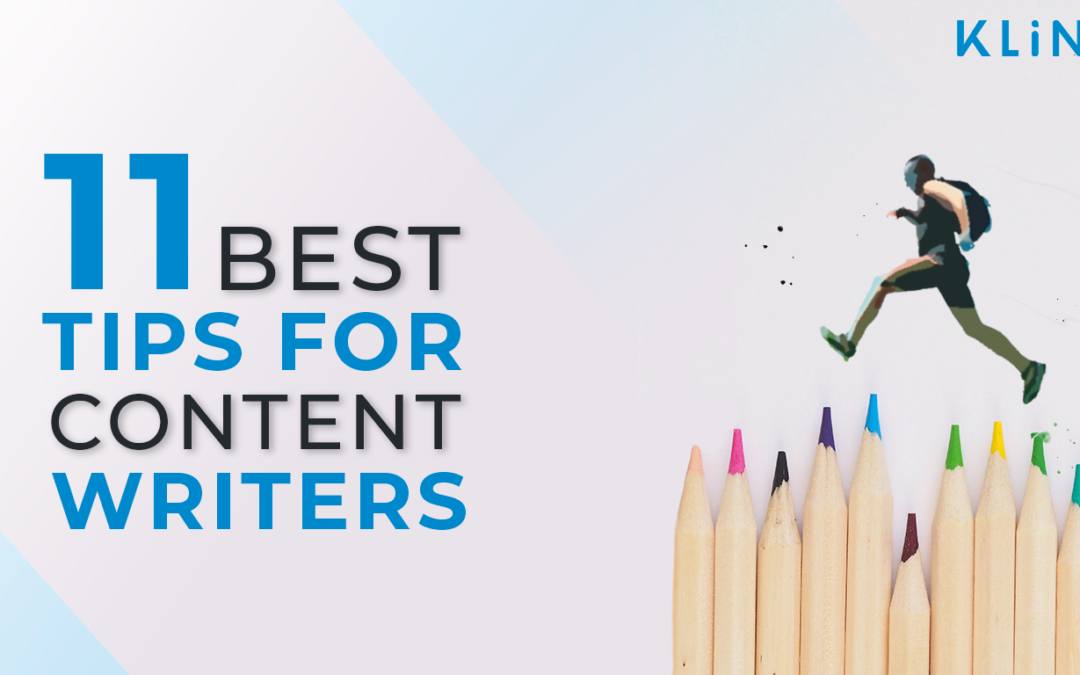
Previously I just though AI does all the banning and suspending based on reports and word usage. This is quite indepth tho.
your ai training blog is very good
Hi,
Thanks for writing this in-depth review.
In fact, I found the information I was looking for in your article. It’s really helpful.
I have benefited from reading your article.
Thank you very much.
Useful for us!
Solid. Checked out some of your other stuff… Really good articles. Keep it up.